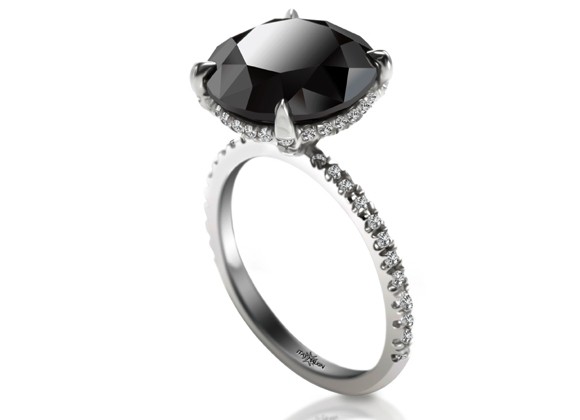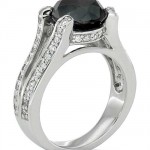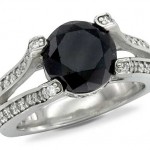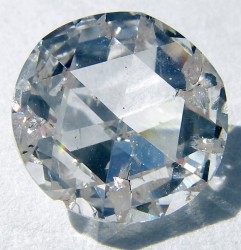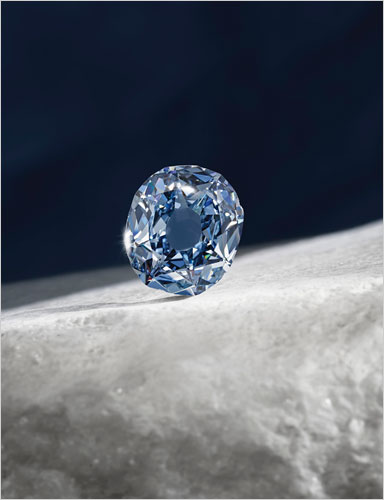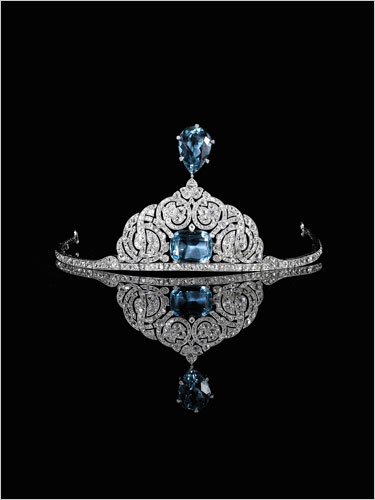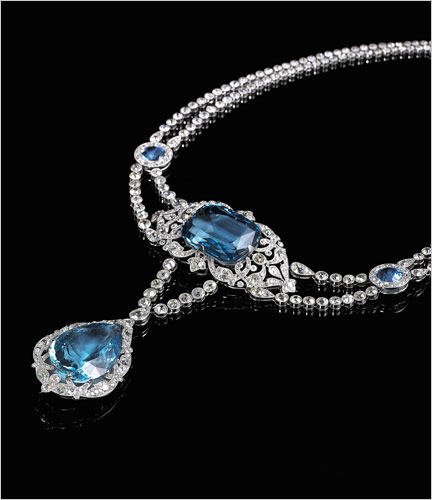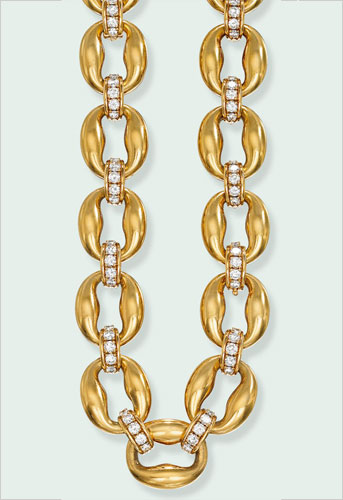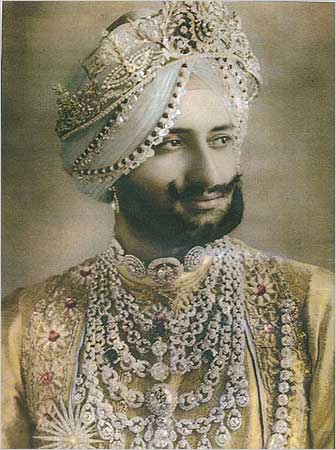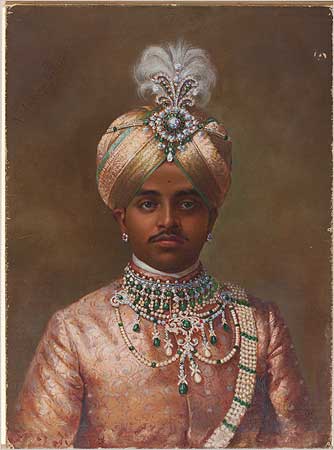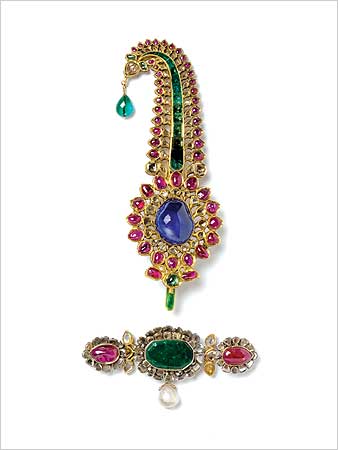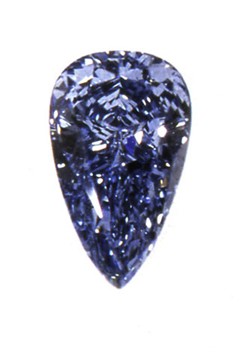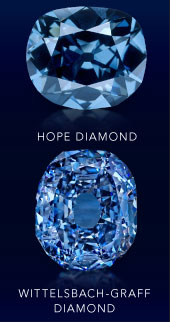And the Winner is…

Whenever we custom design a piece for you, whether its moissanite or mined diamonds, gold or platinum, simple or ornate, we consider it couture. It’s couture for you!
In the jewelry business, the Couture community celebrated the best of the best in design at the Couture Design Awards held in the Encore Ballroom on Saturday night.
After spending the first few days of the show perusing vitrines filled with jewelry and timepieces submitted to the competition, Couture retailers and exhibitors placed their votes for their favorite pieces in 10 categories, while jewelry editors selected their own designer favorite—Arman Sarkisyan—in the “Editor’s Choice” category.
In the Timepieces/Watches category, Erica Courtney snagged first place, with Gergé Swiss in second and Fendi in third. IsabelleFa came in first in the Platinum category, followed by Henrich & Denzel.
Best in Bridal went to Kamofie, with Katharine James in second and Mark Patterson in third.
In the Diamond category, Mattia Cielo came in tops, followed by Moritz Glik and Hulchi Belluni. The Diamond 20+ winner was La Reina, followed by Gebrüder Schaffrath and Nam Cho. Arunashi won for best in Colored Gems, with Federica in second and Kara Ross in third.
Best in Colored Gems 20K+ went to Damiani, followed by Monique Péan then Wendy Yue. Editor’s Choice winner Arman also took home best in Silver, followed by Armenta, and then Lois Hill and Atelier Zobel tied for third. Autore won best in Pearls, followed by Yvel in second and Yael Sonia in third.
Finally, Heather Moore won for best in Gold, followed by Paolo Costagli and Elena Votsi.
Winners by Category …
TIME PIECES/ WATCHES:
1st Erica Courtney
2nd GergÉ Swiss
3rd Fendi
SILVER:
1st Arman
2nd Armenta
3rd (tie) Lois Hill
and Atelier Zobel
BRIDAL:
1st Kamofie
2nd Katharine James
3rd Mark Patterson
DIAMONDS:
1st Mattia Cielo
2nd Moritz Glik
3rd Hulchi Belluni
DIAMONDS 20K+:
1st La Reina
2nd GebrÜder Schaffrath
3rd Nam Cho
COLORED GEMSTONES:
1st Arunashi
2nd Federica
3rd Kara Ross
COLORED GEMSTONES 20K+:
1st Damiani
2nd Monique PÉan
3rd Wendy Yue
PEARLS:
1st Autore
2nd Yvel
3rd Yael Sonia
GOLD:
1st Heather Moore
2nd Paolo Costagli
3rd Elena Votsi
PLATINUM:
1st IsabelleFa
2nd Henrich & Denzel
EDITORS’ CHOICE:
Arman
Source: National Jewelry Network
Some of last year’s winners:




